 |
| August 19, 2020 |
Dear Reader,
What, exactly, makes music to the ears? Time will tell, according to a new study of five centuries' worth of compositions. Read today's lead story to learn more. In space news, a newly discovered car-sized asteroid just made the closest-known flyby to Earth without hitting our planet. We also have a piece on the notable changes between the Democratic platforms of 2016 and 2020 on the issue of global warming. In a story from our 175th anniversary issue, we reckon with the sexism and racism in our archives and show how science can be twisted to make bias seem like objectivity. Plus, read an interesting anecdote about the Scientific American editor who secretly built New York City's first underground train—powered by air—only to have it crushed by political opposition. |
| | Sunya Bhutta, Senior Editor, Audience Engagement
@sunyaaa | |
 |
| |
| |
| |
| Policy & Ethics Reckoning with Our Mistakes Some of the cringiest articles in Scientific American's history reveal bigger questions about scientific authority | | By Jen Schwartz,Dan Schlenoff | | | |
| Policy & Ethics Three Ways to Fix Toxic Policing Accountability, demilitarization and the transfer of responsibilities to social workers are needed to remake our overly antagonistic law-enforcement agencies | | | | |
| |
| |
| |
| |
FROM THE STORE
 | | Scientific American Print & Full Archive For $99 per year, your Print & Full Archive subscription includes 12 print and digital issues with full digital archive access back to 1845 and Android and iOS app access. |  | | |
| |
FROM THE ARCHIVE
 | | | |
LATEST ISSUES
 |
| |
| Questions? Comments?  | |
| Download the Scientific American App |
| |
| |



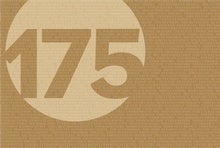
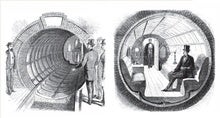
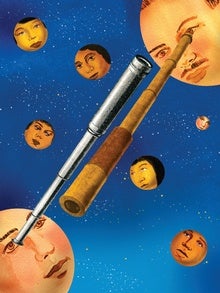
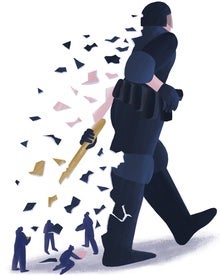
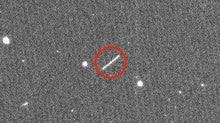
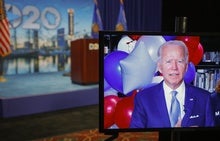


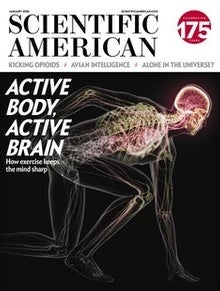

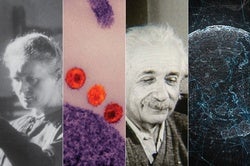
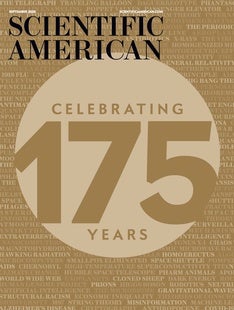

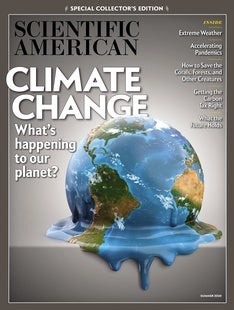
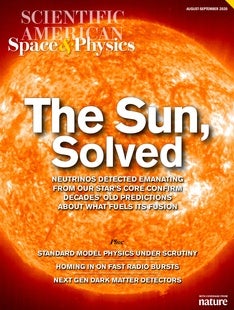
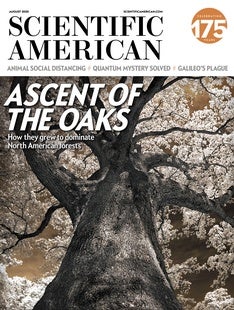



Comments
Post a Comment